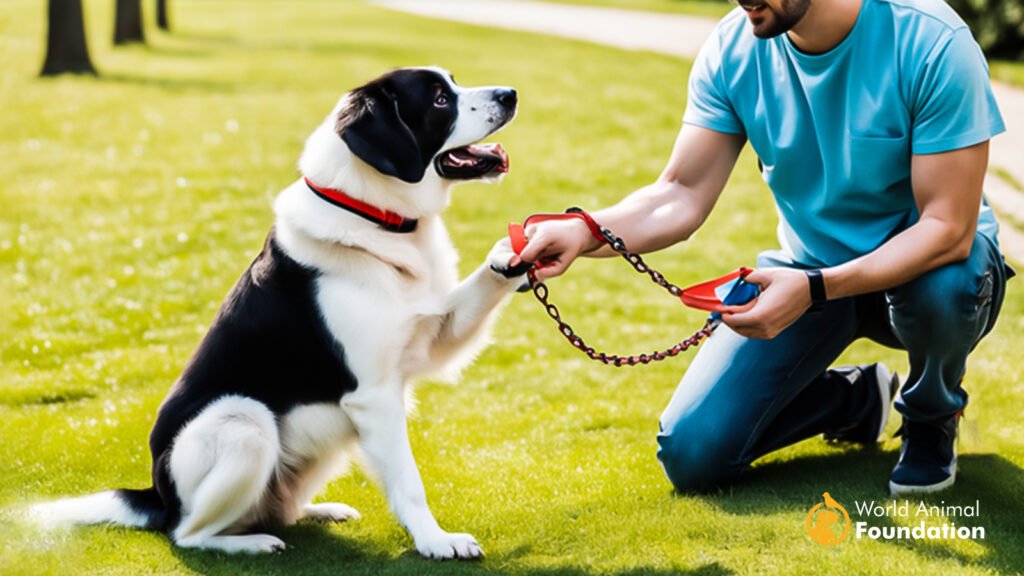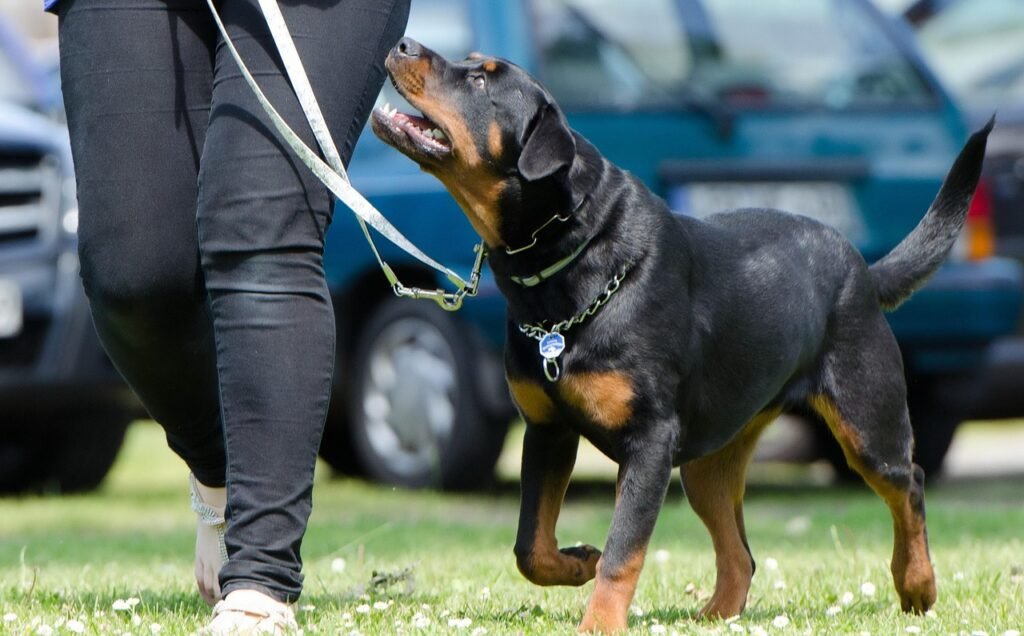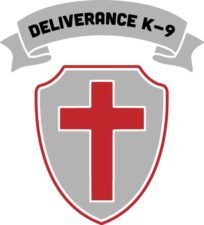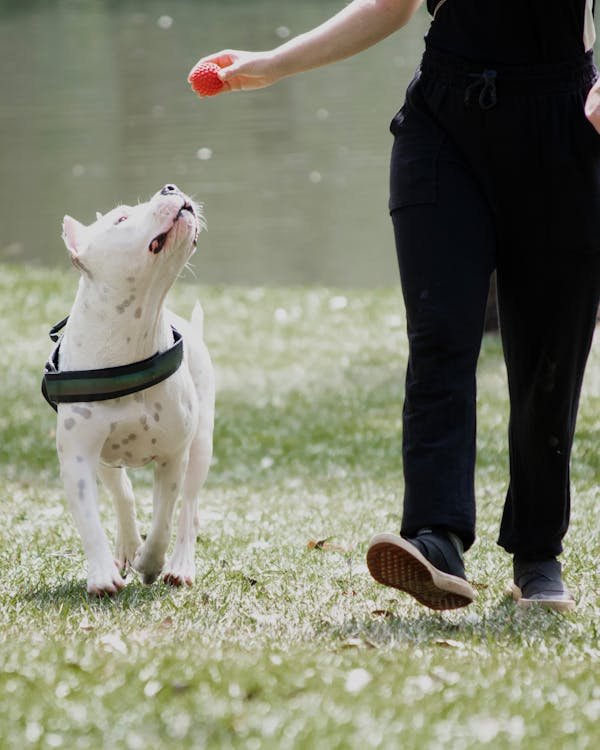Welcome to DELIVERANCE K-9 Behavior Modification and Obedience Training! I appreciate you taking the time to check out my website and the services that I offer.
Here at DELIVERANCE K-9, I utilize a balanced system of reward based teaching and tactful correction, incorporating ‘markers’ and various tools, to produce the necessary clarity to help the canine understand what is being asked of it. With this clear line of communication established, I can produce the consistent and reliable behaviors that are desired. Thus, fulfilling my purpose at DELIVERANCEK-9, to cultivate each canine into the best four-legged companion that they can be, to enable a happy and deep relationship with its owner.

METHOD OF TRAINING
Dog training is more complex than simply training the dog to obey commands. Obedience training and behavior modification is the establishment of a functional relationship between the trainer and canine, that opens pathways of communication. At its fundamental core, it is the ability of the trainer to assert themselves as lead, and to effectively communicate the desired behavior to the canine, and to condition the dog to be prompt and reliable in carrying out what the handler is asking of it.
HOW DOGS LEARN
CLASSICAL CONDITIONING
The basis of the way in which the canine learns is called ‘Classical Conditioning’. Classical Conditioning is when the dog produces the same behavioral pattern or reaction when presented with the same circumstances over a period of time. An example of this that we are familiar with is ‘Pavlov’s Dogs’. This is where Pavlov’s dogs all began to drool whenever his assistants entered the room. What Pavlov discovered was the specific pattern of his assistants always wearing white lab coats, entering the room and would give the dogs treats. The repeating of the same situation began to generate automatic behavior, the dogs drooling.


OPERANT CONDITIONING
To produce ‘Classical Conditioning’, I utilize ‘Operant Conditioning’. Operant Conditioning is a method of communication so that the dog can quickly understand what is being asked. With this method there are four modes of communication. These modes are Reinforcement, Punishment, Positive and Negative. To expel any misunderstanding of these terms that are used, I will define them in the context of canine training.
FOUR MODES OF OPERANT CONDITIONING
–Reinforcement is something pleasant or desired. Which is used for the purpose of teaching new behaviors.
–Punishment (or “correction” is a better term to describe the function, and to dismiss the notion of harsh or violent treatment): is something unpleasant or adverse. This is used to remove unwanted behaviors.
–Positive is something introduced or given.
–Negative is something taken away or withheld.
EXAMPLES OF HOW THESE MODES ARE PRACTICED
–Positive Reinforcement: when the dog performs the desired behavior, a reward, such as a toy, treat or praise is given.
–Negative Reinforcement: when the desired reward is withheld until the correct behavior is performed, such as not giving a treat until the command that was given is completed.
–Positive Punishment: when something unpleasant, such as a “pop” of a prong collar, is given.
–Negative Punishment: when something adverse is removed, such as leash pressure being released when command fulfilled.
RIGHT RELATIONSHIP
Now we will move onto the true nature of the relationship between the trainer and canine. To begin, we must first look at what it is NOT. Our modern-day culture has led us into a misunderstood perception of this relationship. There is a term for this misconception, which is Anthropomorphism. Anthropomorphism, in simple terms, is that we view our four-legged companions as if they are an extension of the human race. With this misbelief comes incorrect relation and structure that a dog is unable to adequately navigate. Placing a canine in this unnatural structure often leads to issues and problematic behaviors, in which many owners place the blame upon the dog. This misplaced blame, in extreme cases, can cause mistreatment, abuse, or the dog ultimately being dropped off at the shelter or rehomed.

For the trainer to enter the right relationship with the canine, we must look at their natural pack structure. At the top of the structure is the Alpha or Lead Dog. Dogs are genetically wired with this hierarchy, and therefore it is the way a canine instinctively understands and knows how to behave. Placing the dog in a human environment, the dog has trouble or the inability to correctly interpret and choose the action that is acceptable in human society. Therefore, the trainer must take the responsibility of becoming the lead.
To take the role and responsibility as the lead is NOT about dominating a dog, especially from an ego driven human standpoint. It is about being capable of establishing and clearly communicating the way the dog is to behave, and being fair, firm and consistent to enforce the boundaries that have been set. And yes, the responsibilities of this role do include having to give the appropriate corrections when the situation deems it necessary.

FOUR PHASES OF TRAINING
This brings us to the final point of the necessary communication the handler utilizes to train the dog. As we are aware, dogs do not speak human. In fact, canines primarily communicate through body language. So how does the trainer effectively communicate with the canine in order that it may be taught obedience? This is done in four phases.
THE FOUR PHASES OF TRAINING ARE: Teaching, Correction, Proofing and Maintenance
–Teaching: In this phase the trainer utilizes different methods to teach the dog a new behavior. An example of one of the methods is ‘luring’. This is where the handler takes a reward in their hand, such as a treat, and ‘lures” the canine into the desired position, such as sit, ‘marking’ the completed position with a “yes”, a “good”, or anything of that nature. ‘Marking’ the correct position helps the canine to identify the right response. This is repeated until the canine easily enters the ’sit’ position. The trainer can then ‘name’ the position by adding the verbal que “sit”. This phase should be done in an area with the least amount of distraction to help the dog to successfully learn, understand and perform the newly taught behavior.
–Correction: In this phase, the trainer MUST be confident that the canine fully understands what the desired behavior is and how to properly perform it. If there is any confusion, the trainer must return to the teaching phase, keeping in mind that they are trying to maintain an environment of success. To proceed forward with a confused canine only produces unnecessary stress.
The trainer then begins to introduce correction and accountability, utilizing different tools and methods to condition the canine to perform the command correctly.
With the combination of these two phases, which are known as ‘Balanced Training’, the handler can condition the dog to reply reliably to the command.
–Proofing: In this phase, the trainer introduces the dog into new and distracting situations. The reason for doing so is that canines are ‘environmental learners’. That is, they learn to behave in a certain way in the context that it was taught. That is to say that if a dog is taught to heel in an environment without any distraction, it must be taught how to remain heeled when in an environment full of distractions, such as other dogs, pedestrians or cars driving by.
–Maintenance: In this phase lies the owner’s responsibility to implement and uphold what the dog has been trained when it returns home. The trainer must supply the instruction necessary to educate the owner on what has been taught to the canine, and what must be done to ensure that the desired behavior continues. It’s the adage: “If you don’t use it, you lose it”.
WITH THIS FUNDAMENTAL PROCESS BEING UTILIZED I CAN PRODUCE A HAPPY, CONFIDENT AND RELIABLY OBEDIENT CANINE!
EDUCATION

–BEHAVIOR AND OBEDIENCE TRAINING CERTIFICATION
from CONIFER CANINE COLLEGE
–FURTHER COURSES:
-Puppy Foundation
–Rescue Dogs
–Resource Guarding
–Reactive Dogs
CONTACT US
Have any questions? I am always open to talk about your four-legged companion, behavioral issues, training opportunities or any questions
I can help you with.


